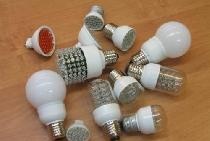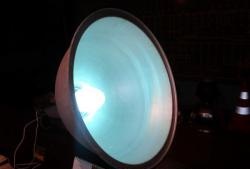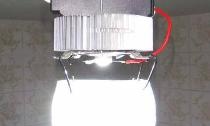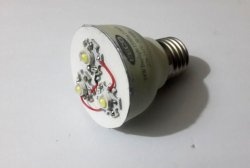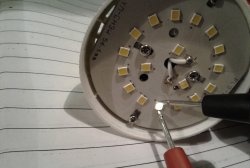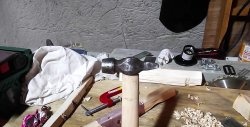How to disassemble and repair an LED lamp
LED lamps today are considered the most economical and durable compared to others. And although their cost is still relatively high, they are increasingly replacing incandescent and fluorescent lamps.
Why is this happening?
Mainly for two reasons:
1. incandescent lamps burn out quickly and have low efficiency,
2. Luminescent ones require special disposal as they contain mercury vapor in the flask. In addition, if you break such a lamp at home, you can expose your family to poison.
There are no such problems with LEDs. Throw them anywhere and break them to your health, they do not pose any danger - except for glass fragments.
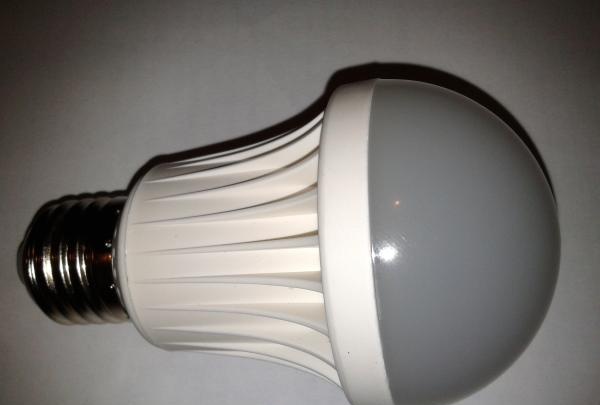
At the same time, there are a lot of companies producing these products, and choosing a quality product among them is sometimes not an easy task.
Yes, and a famous brand does not guarantee complete confidence in the long-term uninterrupted operation of the device.
What should you do if the lamp stops shining and you can’t replace it under warranty? You can try to repair it yourself. Its structure is not complicated and does not require special tools for disassembly.
This article will describe the disassembly and repair of a standard, budget-class LED lamp. In addition, one of the possible breakdowns and its elimination is given.
The only tools you need are a screwdriver, a knife and possibly a two-handed indicator.
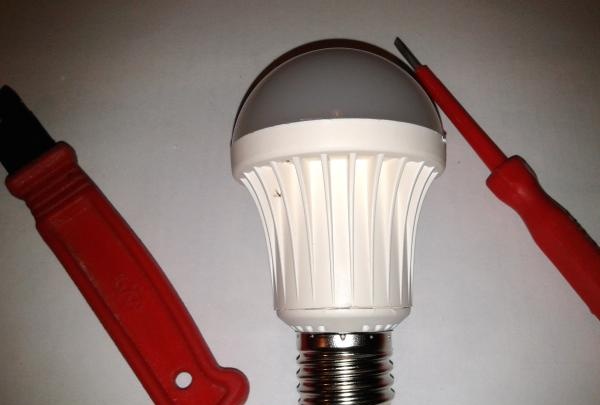
If there is no indicator, any “dialing” will do.
So, let's start by removing the diffuser. To do this, insert the knife blade into the gap between the glass and the plastic case and carefully move it in different directions.
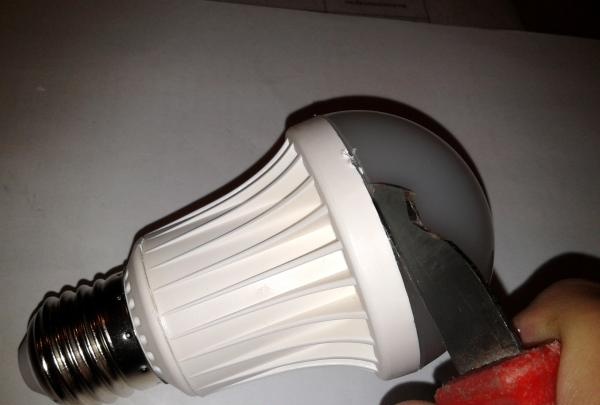
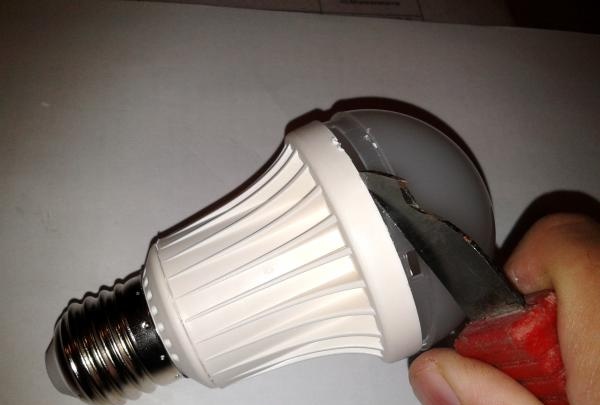
The diffuser should come out of the latches and be removed without any problems.
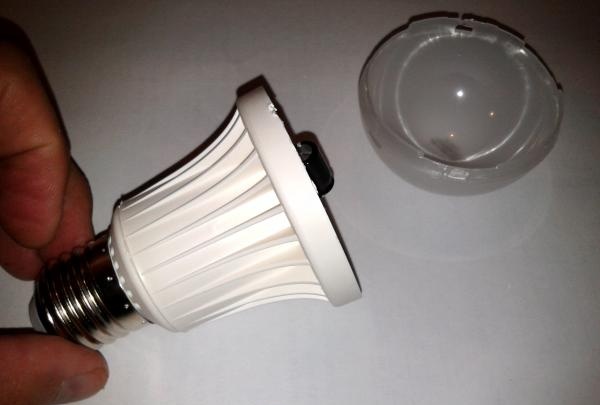
A board with LEDs and a rectifier reveals itself.
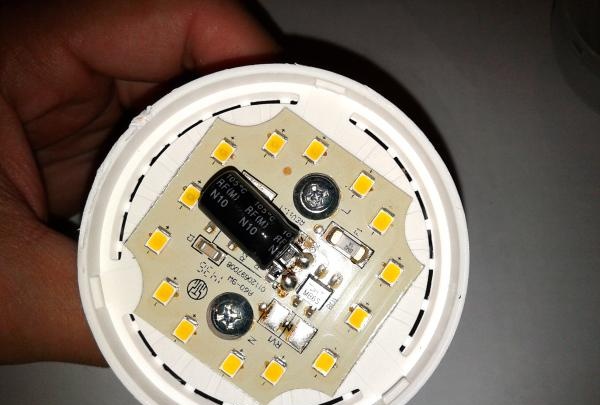
There is also a fuse installed on the board. To make sure that it is not burnt out, we connect the ends of the continuity wire to its terminals. Light or sound indication of the device will show its serviceability. If it doesn't show up, you'll have to replace it.
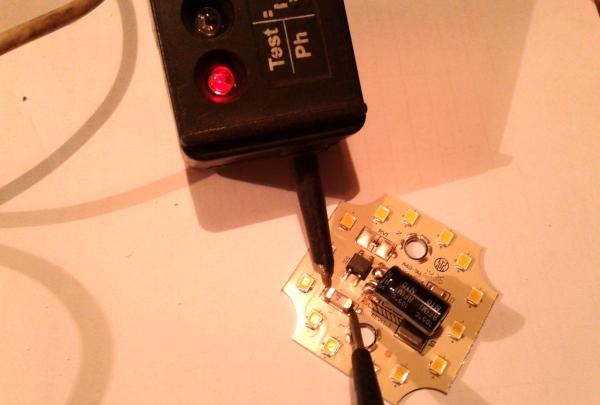
When the fuse is intact, we disassemble further.
First, unscrew the two screws securing the board, after which it can be easily removed.
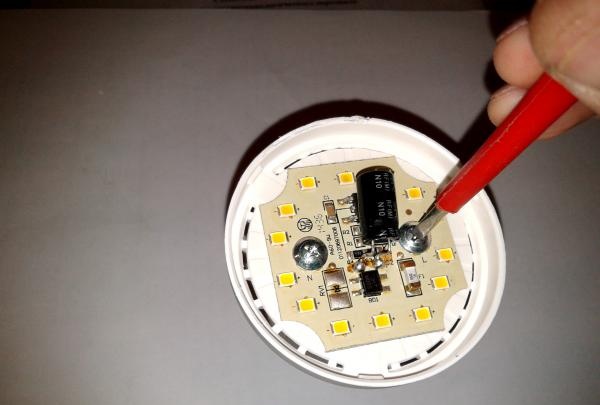
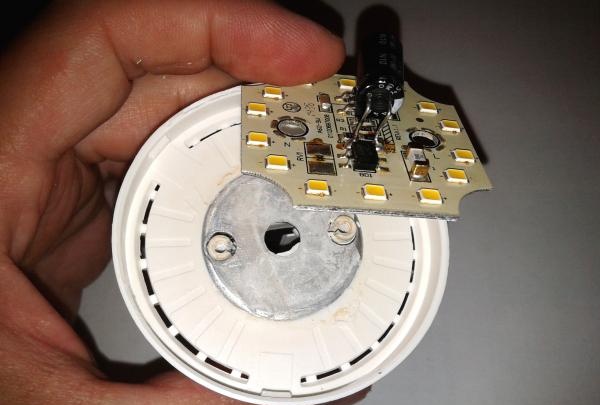
Under the board there is a radiator in the form of a metal flask.
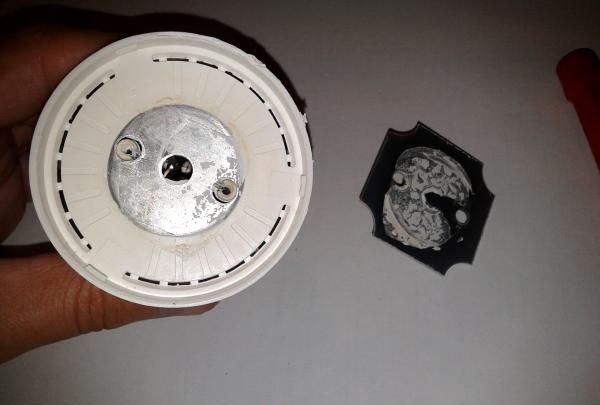
Thermal paste applied to both surfaces improves the heat transfer of the board to the radiator.
If necessary, it can be changed if it has dried out. Regular thermal paste for a computer processor will do.
To continue disassembly, pull on the top of the lamp housing and it can be easily removed.
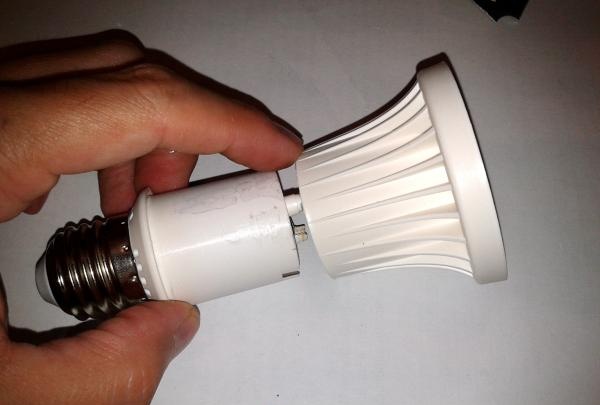
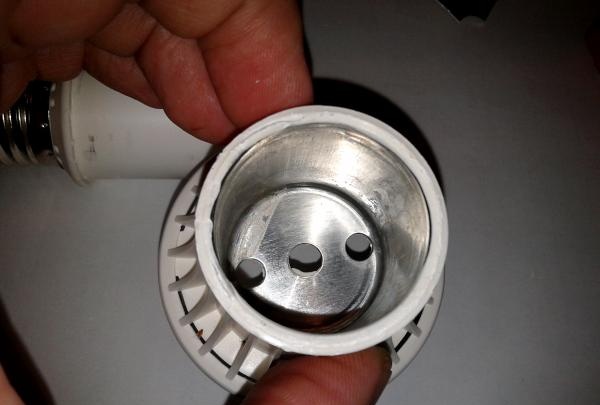
At the bottom of the case with the cartridge, you can see two metal strips, one end connected to the base, and the other with holes where the screws go.
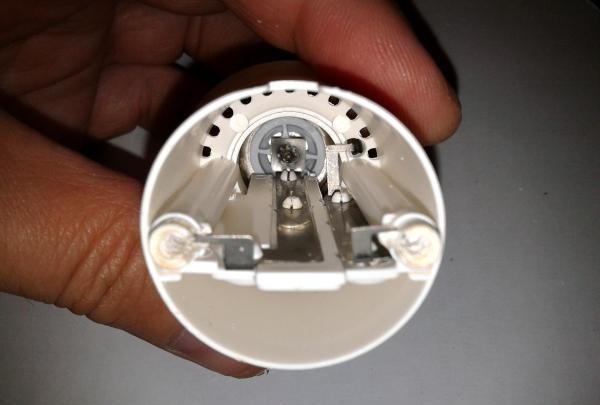
Thus, voltage is transmitted through the screw from the base to the board.
The problem turned out to be that over time the contact became bent and did not come into contact with the board screw. Hence the lack of light from the lamp.
To eliminate this malfunction, simply bend the end of the contact strip with a screwdriver or tweezers.

Of course, you can do it better, for example, by soldering wires to the board and base. Then there will definitely be no problems with contact. But more often than not, the first simple option is sufficient.
Now you can assemble the lamp in reverse order. We put on the upper part with the radiator so that the two contacts fit into the holes.
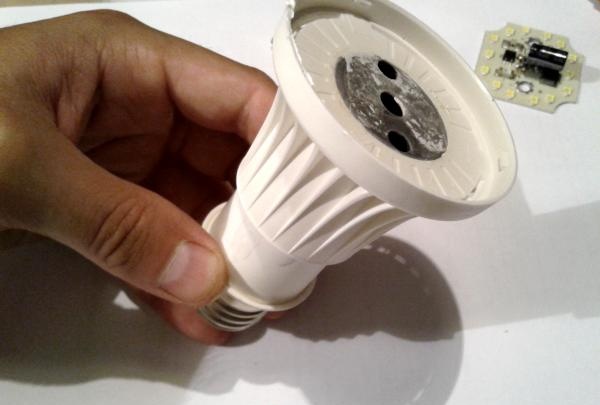

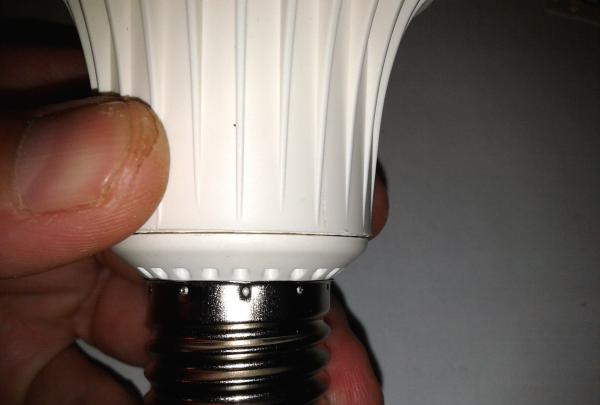
Next, install the board and tighten it.
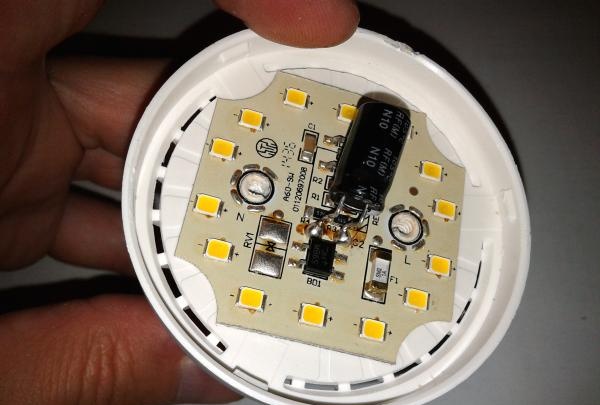
Do not press too hard to avoid tearing the plastic thread.
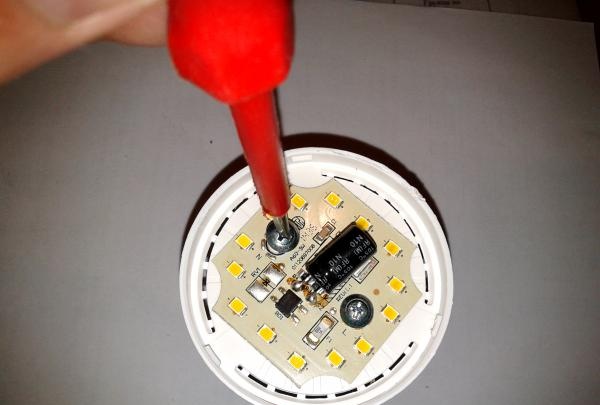
Once the screws are tightened, you can check if it now works. To do this, we screw it into, for example, a table lamp. If everything works, put on the diffuser.
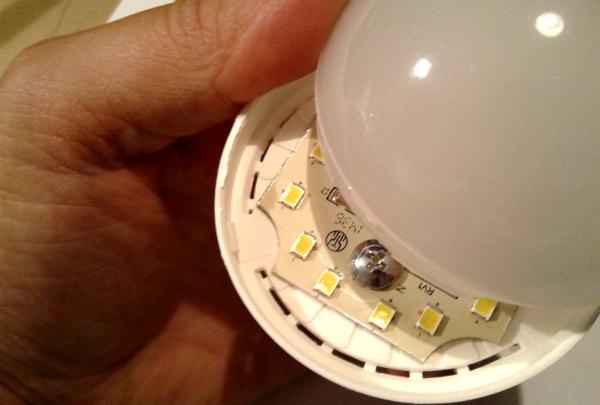
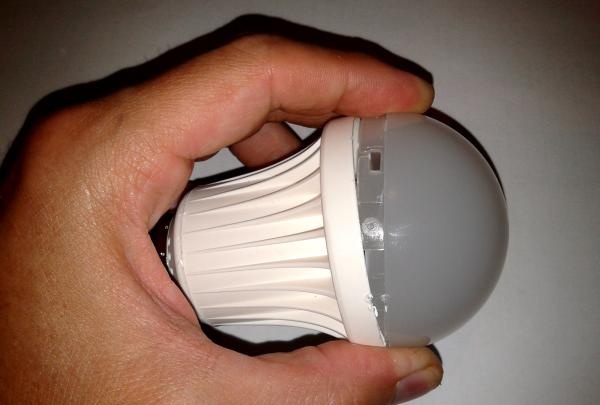
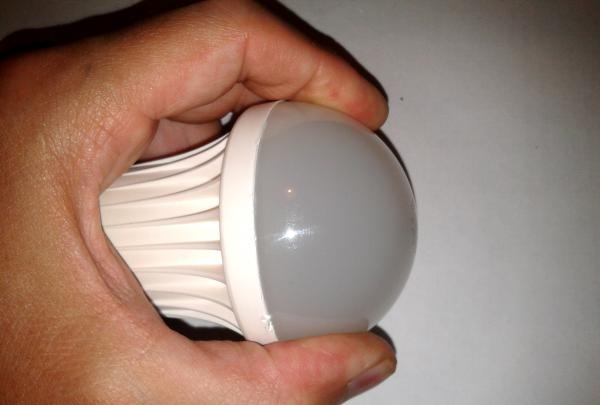
Here in the photo you can see how the lamp burns after repair.
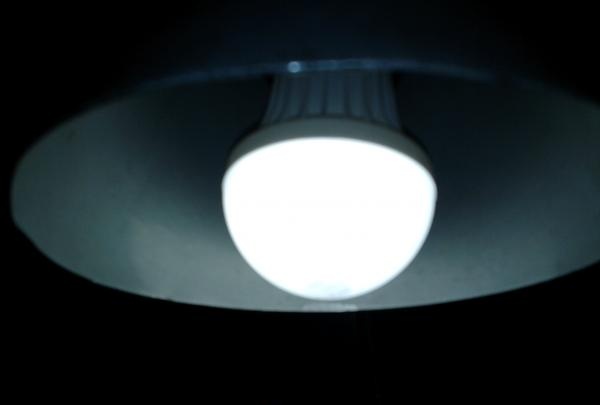
In addition to the above breakdowns, there may be a simply swollen electrolytic capacitor. Naturally, it needs to be replaced, and it wouldn’t hurt to check the diode assembly before turning it on.
That's all. Successful repairs to you.
Why is this happening?
Mainly for two reasons:
1. incandescent lamps burn out quickly and have low efficiency,
2. Luminescent ones require special disposal as they contain mercury vapor in the flask. In addition, if you break such a lamp at home, you can expose your family to poison.
There are no such problems with LEDs. Throw them anywhere and break them to your health, they do not pose any danger - except for glass fragments.

At the same time, there are a lot of companies producing these products, and choosing a quality product among them is sometimes not an easy task.
Yes, and a famous brand does not guarantee complete confidence in the long-term uninterrupted operation of the device.
What should you do if the lamp stops shining and you can’t replace it under warranty? You can try to repair it yourself. Its structure is not complicated and does not require special tools for disassembly.
This article will describe the disassembly and repair of a standard, budget-class LED lamp. In addition, one of the possible breakdowns and its elimination is given.
The only tools you need are a screwdriver, a knife and possibly a two-handed indicator.

If there is no indicator, any “dialing” will do.
So, let's start by removing the diffuser. To do this, insert the knife blade into the gap between the glass and the plastic case and carefully move it in different directions.


The diffuser should come out of the latches and be removed without any problems.

A board with LEDs and a rectifier reveals itself.

There is also a fuse installed on the board. To make sure that it is not burnt out, we connect the ends of the continuity wire to its terminals. Light or sound indication of the device will show its serviceability. If it doesn't show up, you'll have to replace it.

When the fuse is intact, we disassemble further.
First, unscrew the two screws securing the board, after which it can be easily removed.


Under the board there is a radiator in the form of a metal flask.

Thermal paste applied to both surfaces improves the heat transfer of the board to the radiator.
If necessary, it can be changed if it has dried out. Regular thermal paste for a computer processor will do.
To continue disassembly, pull on the top of the lamp housing and it can be easily removed.


At the bottom of the case with the cartridge, you can see two metal strips, one end connected to the base, and the other with holes where the screws go.

Thus, voltage is transmitted through the screw from the base to the board.
The problem turned out to be that over time the contact became bent and did not come into contact with the board screw. Hence the lack of light from the lamp.
To eliminate this malfunction, simply bend the end of the contact strip with a screwdriver or tweezers.

Of course, you can do it better, for example, by soldering wires to the board and base. Then there will definitely be no problems with contact. But more often than not, the first simple option is sufficient.
Now you can assemble the lamp in reverse order. We put on the upper part with the radiator so that the two contacts fit into the holes.



Next, install the board and tighten it.

Do not press too hard to avoid tearing the plastic thread.

Once the screws are tightened, you can check if it now works. To do this, we screw it into, for example, a table lamp. If everything works, put on the diffuser.



Here in the photo you can see how the lamp burns after repair.

In addition to the above breakdowns, there may be a simply swollen electrolytic capacitor. Naturally, it needs to be replaced, and it wouldn’t hurt to check the diode assembly before turning it on.
That's all. Successful repairs to you.
Similar master classes
Particularly interesting
Comments (0)

